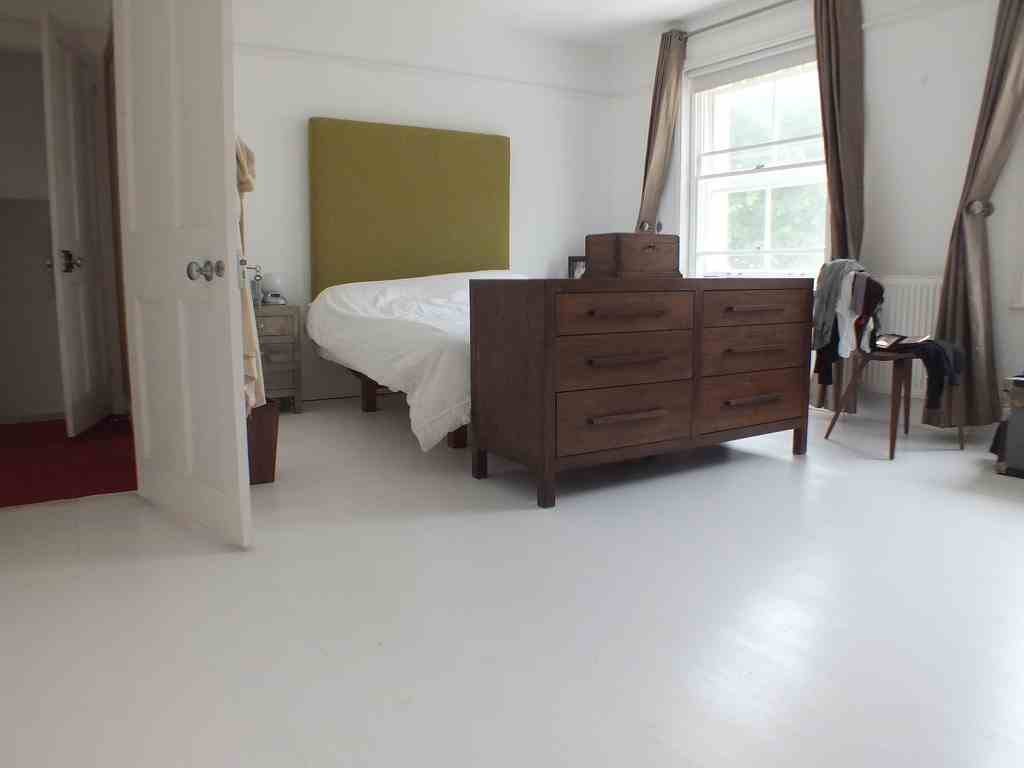Best way to draft proof a wooden floor and reduce heating costs
- July 7, 2016
- Posted by: webdev
- Category: Floor Sanding

Best way to draft proof a wooden floor and reduce heating costs
A traditional wooden floor will enhance any room in the home, but if wind regularly howls through the gaps between the floorboards and your heating bills are astronomical during winter, draft proofing the floor should be top of your to-do list.
Popular DIY home makeover programmes have made wooden floors a highly desirable attribute in recent years. Rather than throwing down a cheap carpet from the local bargain roll-end store, the glamorous stylist opts to sand and polish the pine floorboards instead. But although the end result usually looks amazing, what you don’t see on camera are the large gaps and holes in the floorboards that do nothing for the ambient room temperature once it gets a bit chilly outside.Wooden floors with gaps and holes are incredibly cold during the winter—when it’s windy, you may as well have left a window wide open. I speak from experience here because I once lived in an old period house where the sitting room had polished floorboards rather than carpet. During the summer, nobody noticed the drafts, but once winter enveloped the house in her frigid embrace, no matter how many buckets of coal we tossed on to the fire, the room was never warm enough. So my advice here would be to plug those gaps before you end up with chill blains!
Thankfully it isn’t difficult to draft proof a wooden floor and keep your central heating costs down to a minimum. In the old days, people devised lots of different ways of filling the gaps between floorboards. A traditional method was to use old shredded newspaper, mix it with wallpaper paste, and squeeze it into the gaps by hand. Obviously this was rather messy and not the most attractive way of getting the job done, but at least it was cheap.
One method commonly used by GJP Floor Sanding in Brighton is to take the sawdust generated by sanding the floorboards and mix it with a resin or PVA. This is used to fill the gaps, but although it is a cheap and cheerful way of stopping drafts, floorboards are a natural material and therefore expand and contract throughout the year, which means the resin may eventually slip through the cracks or be sucked up by the vacuum cleaner. Acrylic window frame adhesive can also be used as a draft proof sealant on floorboard gaps, but you will need to use some kind of filler beforehand.
A better alternative is to use thin wedge shaped slivers of pine, apply glue and hammer them into the gaps. The excess is trimmed and sanded away before being polished. It is a more expensive method than using a filler of sawdust and resin/PVA, but you will end up with a draft-free seamless and very professional looking wooden floor.
